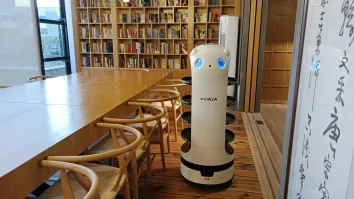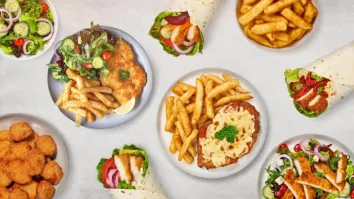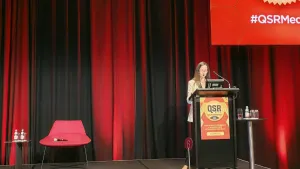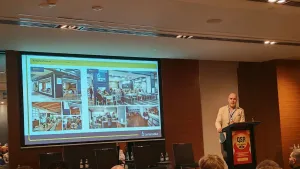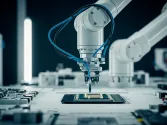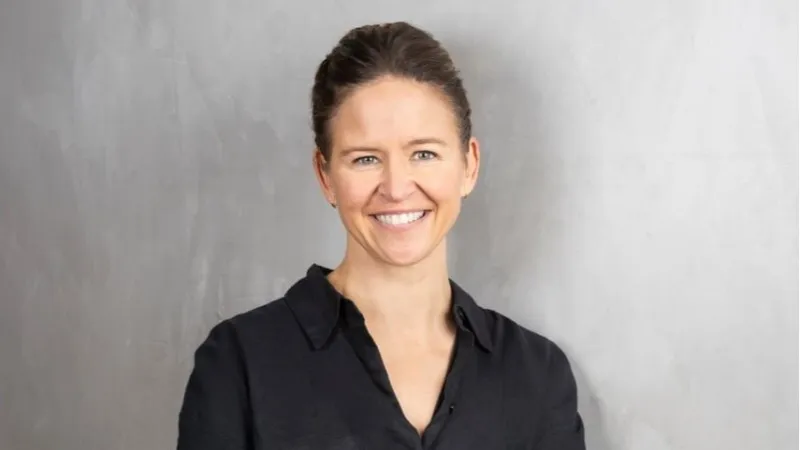
Pappa Flock taps custom restaurant, crew training to scale
A meal should feel like a celebration, not a transaction.
Pappa Flock is scaling its quick-service restaurant network by anchoring operations on staff, site-specific design, and targeted kitchen technology rather than a standardised restaurant template.
The Sydney-based chain builds each outlet individually, incorporating local elements such as artwork, disco balls, or even air hockey tables to distinguish the brand from conventional fast-food formats.
“We believe a meal should feel like a celebration, not a transaction,” Chief Marketing Officer Rachel Korbel told QSR Media.
Whilst restaurant layouts vary, the menu stays uniform, anchored by daily hand-breaded chicken tenders and freshly squeezed lemonade.

Maintaining product consistency as the company expands has driven investment in a learning management system that formalises staff training.
Teams are trained to keep operations quick and precise, with customer-facing staff encouraged to act as hosts instead of order-takers.
“We've built our operations to serve the majority of orders in under five minutes,” Korbel said via Zoom. She added that the system holds even during openings, when stores can process more than 100 orders in the first half hour.
Technology is concentrated in the kitchen to support forecasting and workflow. Automation is used to remove repetitive tasks, but is intentionally kept out of customer-facing roles.

“Automation should enable hospitality, not replace it,” Korbel said.
Customer feedback is reviewed daily through Google ratings and supported by market research that shapes local adjustments.
The company maintains a 4.7-star rating across more than 5,000 reviews, which Korbel said serves as an indicator of whether the model remains intact as more stores come online.
Community events form part of the Pappa Flock’s positioning, including themed gatherings such as a Taylor Swift listening session at its Bondi outlet.
Korbel said preserving customer ratings across its 12 stores is viewed internally as proof that its operating model is durable and “a bankable asset.”


